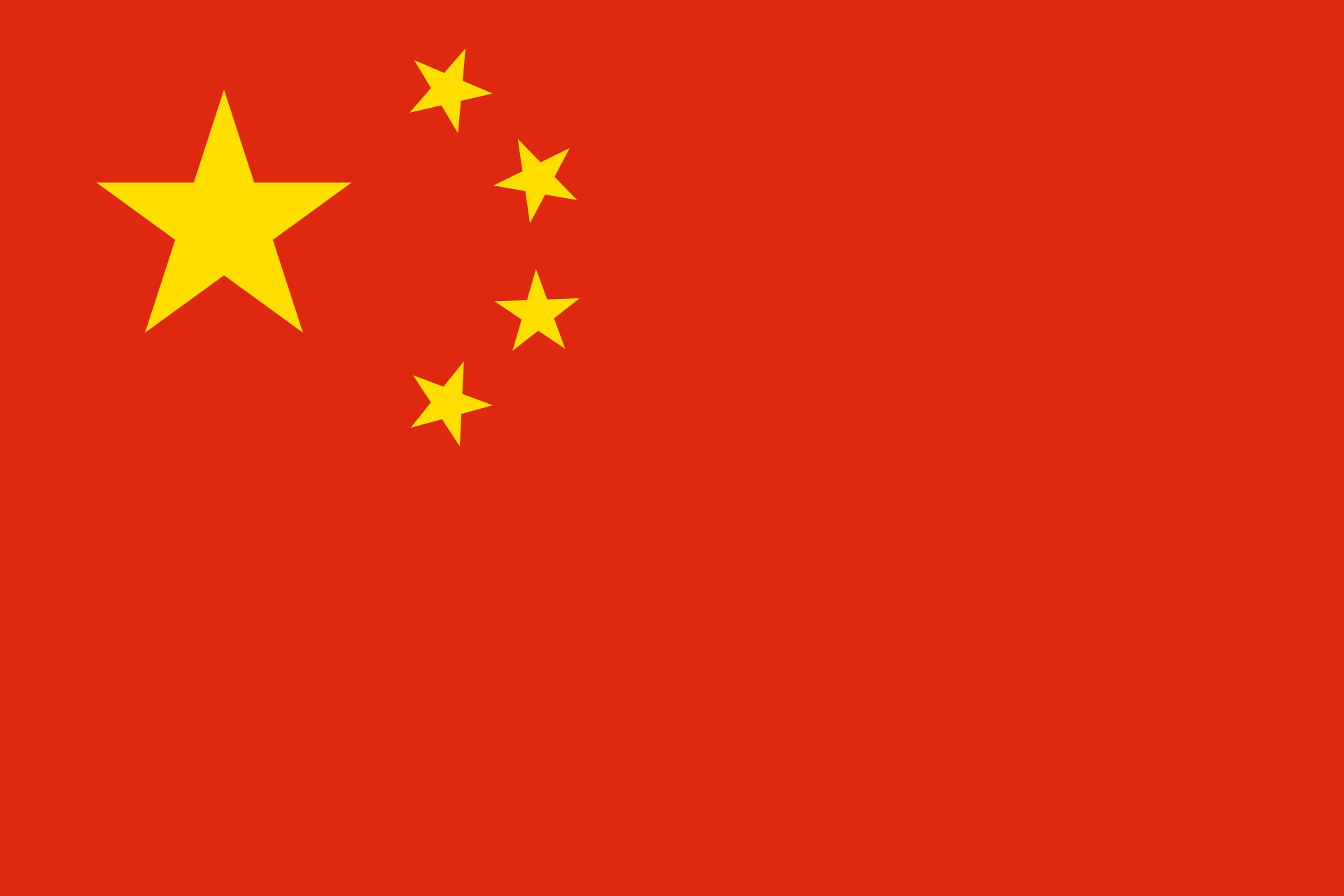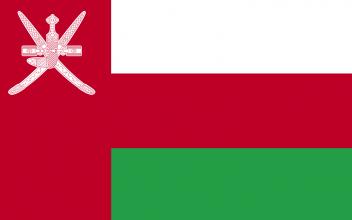When Dutch troops arrived in Formosa in the 1628, they discovered that there was a booming trade with venison and deer with merchants from mainland China. The locals essentially lived on venison and used every part of the deer for clothing and other purposes. Since they were not familiar with money, goods were bartered with the Chinese traders. Deer skins also functioned as currency until the late 20th century. Most venison and some live deer were shipped to the Chinese coast, and large quantities of deerskin were sold to Japan.
From pre-Islamic times, there were trade relations between the kingdom of Silla on the Korean peninsula and the Middle East, via the Maritime Silk Road. After the birth of Islam, Muslim merchants travelled extensively to the East and some of them settled there, for instance in China, and they probably came in contact with merchants from Silla. Muslims also settled on the Korean peninsula, where they found rich natural resources, especially gold, and pleasant living conditions. They cultivated Islamic culture and religious tradition.
Archaeological findings have shown that various harbours around Sumatra, the Straits of Malacca and the Strait of Sunda, were part of a trade network from the 1st century AD onwards. Commerce expanded significantly in the 10th century AD, a time when the sea around Sumatra was controlled by the rulers of Sriwijaya. From the 14th century onwards, power in the region shifted to the Muslim rulers of Samudera-Pasai and subsequently the Sultanates of Aceh and Banten.
In pre-Islamic times, the Sasanian Empire tried to gain control over the two Eastern systems of communication and trade, the land and sea Silk Road, as well as over the Mediterranean system in the West, which was built up by the Romans. The Sasanians tried to block contacts between the Eastern and Western trade networks. After the rise of Islam, the Silk Roads were extensively used by Muslims.
In the early 17th century, the Dutch introduced the printing press into the Dutch East Indies. Two centuries later, Christian missionaries launched a large-scale campaign of publishing texts in Malay. Printing presses for missionary purposes were set up on the Malay peninsula and in Singapore, which became a major centre for publications of Christian books, tracts and periodicals in Malay and other vernacular languages. These writings had a significant impact on Malay culture.
Islam was brought to the Malay archipelago by traders, and it soon replaced earlier beliefs among the Malays. Fundamental principles of the Shafi’i school of Sunni Islam were adopted, but certain additions reflected cultural specificities of the region. Malays strictly observe the four pillars of Islam: prayer, fasting, distribution of alms and, if they can afford it, pilgrimage to Mecca. However, even fundamental tenets of Islam are subject to local interpretations.
In the 20th century, excavations provided new information on the contacts between the Roman Empire and ancient India. Roman artefacts, such as pottery, textiles and jewellery, were found in various sites along the Coromandel coast as well as in the hinterland in Southeast India. These sites formed part of a vast trading network on the land and on the sea. Ships from the Roman Empire usually sailed to the Indian West coast and the goods they brought were then transported to the East coast on Indian vessels or via the land route.
Buddhism had a significant influence on early trading networks. By the 2nd century BC, certain regions of mainland and peninsular Southeast Asia formed an integral part of trading networks. Buddhism was in favour of trade, and Buddhist monasteries were closely connected to trading groups. On the Indian subcontinent, monasteries were often situated along the trade routes, received important donations from merchants and became significant economic centres.
From the 13th century onwards, Persians established stable trade relations with the kingdoms of Sukhotai and subsequently Ayutthaya. They also settled in Siam and occupied official positions at court. The Thai royal family adopted elements of Persian culture, for instance in their style of dress. Since music was very important both at the Persian and Thai court, songs and musical instruments were exchanged and adapted to the local culture. The blending of traditional and foreign instruments led to the creation of new instruments in Thailand.
From the 7th century onwards, ships sailed from China and Vietnam to India and Sri Lanka along the maritime Silk Roads, using magnetic needles and star compasses. Arab and Persian merchants sailing in the Indian Ocean elaborated a universal navigational system, and they invented several nautical instruments. Portuguese explorers, who were ignorant of these techniques, had to significantly develop nautical science as they first ventured into the open sea and sailed towards India in the 15th century, a process which took 79 years.




